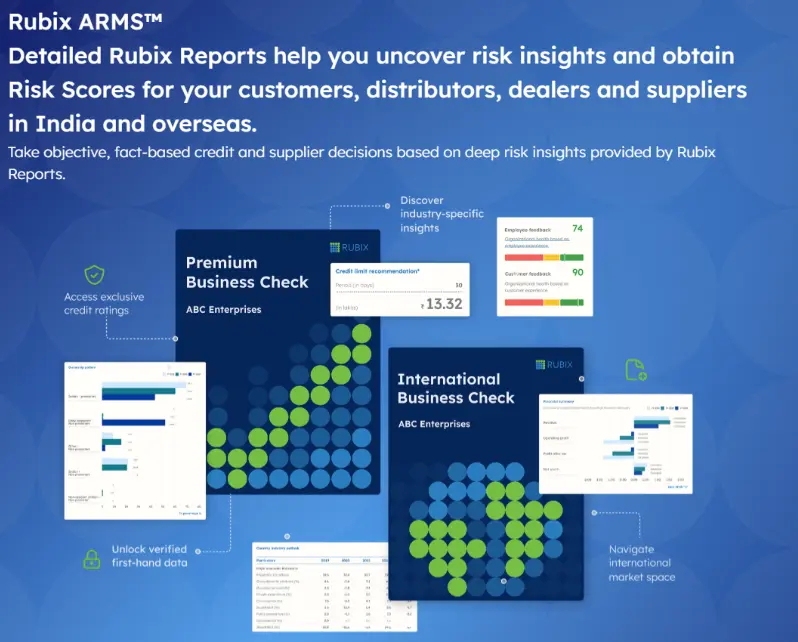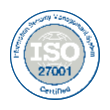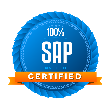Supply Chain Finance
Unlocking Better Working Capital Management Through Trade Finance

For businesses of all sizes, especially Micro, Small, and Medium Enterprises (MSMEs), mastering working capital management is the difference between thriving and merely surviving in today’s volatile markets. Maintaining the delicate balance between liquidity and growth demands strategic planning. Financial strategies for MSMEs, such as harnessing trade finance, are game-changers—they optimize cash flow, mitigate risks, and bolster resilience. While traditional practices like reducing inventory, cutting Days Sales Outstanding (DSO), and extending payment terms remain crucial for managing cash flow, MSMEs navigating global trade or intricate supply chains now have access to advanced trade finance tools that unlock liquidity and strengthen vital supplier-buyer relationships.
What Is Trade Finance?
Trade finance refers to a suite of financial instruments and products that enable businesses to finance both domestic and international trade. Trade finance tools address common challenges like cash flows constraints, payment delays, unmet supplier payment expectations, credit risks and exchange rate volatility, and logistical risks. By helping manage these issues effectively, trade finance becomes a cornerstone of effective MSME finance strategies, ensuring smoother cash flow and reducing operational hurdles. According to the World Trade Organization (WTO), 80% to 90% of global trade relies on trade finance. For MSMEs, which often struggle with cash flows, the accessibility to capital through trade finance products is transformative, enabling them to compete in global markets without compromising on financial stability.
The Role of Trade Finance in Working Capital Management
In 2022, the global trade finance gap—a staggering $2.5 trillion—highlighted the unmet demand for trade-related financing, with smaller businesses bearing the brunt. By using trade finance products, MSMEs can bridge this gap, achieving two vital objectives: generating early cash flow for sellers and enabling buyers to extend payment terms. These solutions not only ensure liquidity but also fortify supply chain relationships, empowering sustained growth even in challenging economic climates. Here’s how:
1. Enhancing Liquidity for Sellers
For MSMEs, access to immediate funds is critical. Trade finance tools like invoice discounting and receivables financing allow sellers to get paid promptly, even when buyers such as distributors and dealers request extended payment terms. For example, a supplier can have its invoices discounted or factored by a trade finance provider, receiving payment in days rather than waiting 60-90 days for the buyer’s payment. If the seller is selling to a large corporate, it can take advantage of any Vendor Financing program offered by the corporate through a trade finance provider. By opting for such a program, the supplier gets paid immediately after supply rather than waiting for the corporate to pay as per its usual credit terms.
This helps the supplier improve its cash flows. In a survey by the Asian Development Bank, 76% of companies expressed interest in supply chain finance programs to manage liquidity and strengthen vendor relationships.
2. Extending Payment Terms for Small Buyers
For small buyers, trade finance solutions like supply chain financing allow them to defer payments while maintaining trust with suppliers. Very often the sellers are large corporate anchors that provide short credit periods but the buyers are MSME distributors or dealers that require an extended credit period. To overcome this mismatch, corporate anchors often partner with trade finance providers to run distributor/dealer financing programs. This allows MSME distributors/dealers to enjoy a longer credit period.
These programs are beneficial to all parties—corporate anchors get their receivables quickly ensuring that their balance sheets are leaner, the MSME distributors and dealers are able to do larger volume of business because of the availability of trade finance, and the Trade Finance partners know that the credit risk is well under control because of the dependence of the MSME distributors/ dealers on the corporate anchors.
3. Helping MSMEs Participate in Growing Their Exports
MSMEs contribute over 45% of India’s exports. However, when selling in international markets, Indian MSMEs face multiple risks including political risk in the buyers’ countries, credit risk due to buyers’ financial position or bankruptcy, currency fluctuations and geopolitical risks.
Trade finance products such as Export Factoring help MSMEs export more. In Export Factoring, a Trade Finance institution buys the seller’s receivables and provides cash flow to the business. The entire credit and collection risk passes to the Trade Finance institution. Of course, this institution would have performed a credit risk assessment of the overseas buyer to ensure that the buyer is creditworthy.
Access to improved cash flows through Trade Finance products such as Export Factoring or Export Invoice Discounting helps MSMEs export more and explore new markets.
Trade Finance Options for MSMEs
Letters of Credit (LCs): An LC guarantees payment to the exporter upon fulfilling the agreed terms, mitigating payment risk and providing assurance to both parties. This tool is particularly useful for MSMEs exploring new markets.
Invoice Financing: By leveraging unpaid invoices, MSMEs can access immediate cash, unlocking capital that would otherwise be tied up in receivables. Various forms of invoice financing include:
- Factoring: MSMEs can sell the invoices to a factoring company, known as a Factor, to receive instant cash while transferring the credit risk and collection responsibility to the factor.
- Invoice Discounting: Businesses can borrow funds against the value of unpaid invoices while retaining control over collections.
Supply Chain Finance (SCF): SCF enhances working capital by allowing suppliers to receive early payments while buyers enjoy extended terms. MSMEs can use SCF to improve cash flow and strengthen supply chain and buyer relationships. For instance, Vayana offers advanced SCF solutions that integrate seamlessly with financial institutions, enabling MSMEs to optimize cash flow while fostering stronger relationships with trading partners.
- Vendor Financing: Vendors (suppliers) can receive early payments for their invoices from Financial Institutions (FIs), ensuring steady cash flow without depending on buyers’ payment cycles.
- Dealer Financing: Distributors and dealers can access extended payment terms through financing programs set up by corporate anchors, enabling them to manage larger inventories and expand sales.
- Dynamic Discounting: Buyers and suppliers can negotiate early payment discounts in real-time, benefiting both parties by improving cash flow for suppliers and reducing costs for buyers.
- Reverse Factoring: Suppliers benefit from early payments facilitated by the buyer’s creditworthiness, improving liquidity and minimizing credit risk for MSMEs. Distributors can also benefit indirectly by gaining access to a more stable supply chain, ensuring timely product availability for end customers.
Trade Receivables Securitization (TRS): MSMEs can pool their receivables and issue them as securities to investors, unlocking cash and reducing the risk of relying on a single client or customer segment. This off-balance-sheet solution improves financial ratios and reduces credit concentration risk. Distributors and dealers participating in such arrangements can gain from more predictable payment schedules, aligning with their operational needs.
Export and Import Financing: MSMEs engaged in global trade can leverage export financing for production costs and import financing to secure inventory, ensuring uninterrupted operations. For distributors and dealers handling imported goods, these financing options provide the liquidity needed to stock up on inventory and meet market demand without significant upfront capital requirements.
Additionally, platforms like Vayana TradeXchange (VTX) provide MSMEs with early payment solutions by factoring invoices for shipped goods. VTX’s digital process, global financier pool, and transparent bidding mechanism ensure exporters secure funds quickly and at optimal rates, helping them maintain cash flow and mitigate payment risks.
MSME Business Finance Tips for Working Capital Optimization
- Leverage Invoice Financing: MSMEs should explore invoice financing to unlock cash tied up in receivables. This is particularly useful when managing long payment cycles.
- Negotiate Favorable Payment Terms: With trade finance tools, MSMEs can provide extended credit periods for overseas buyers while ensuring they do not face cash flow challenges.
- Work with reputed SCF platforms and providers: Partner with reputed trade finance platforms and providers to implement SCF programs that grow along with the MSME’s business needs.
- Mitigate Credit Risks: By using Trade Finance tools MSMEs can mitigate credit risks effectively.
- Ensure a Healthy Balance Sheet: since many Trade Finance products are off-balance sheet in nature, they help MSMEs ensure a healthy balance sheet and improve their financial ratios.
- Adopt Technology-Driven Solutions: Digital trade finance platforms are revolutionizing processes for MSMEs by offering faster processing, enhanced visibility, and greater efficiency. Automation, blockchain, and AI are streamlining tasks such as invoice verification and cross-border payments, accelerating cash conversion cycles. These advancements are leveling the playing field and empowering smaller businesses to compete effectively in global trade.
In an increasingly competitive world, trade finance gives MSMEs the power to take on larger competitors. It enables MSMEs to level the playing field, enhance liquidity, build resilience, manage risks and punch above their weight in global markets.







